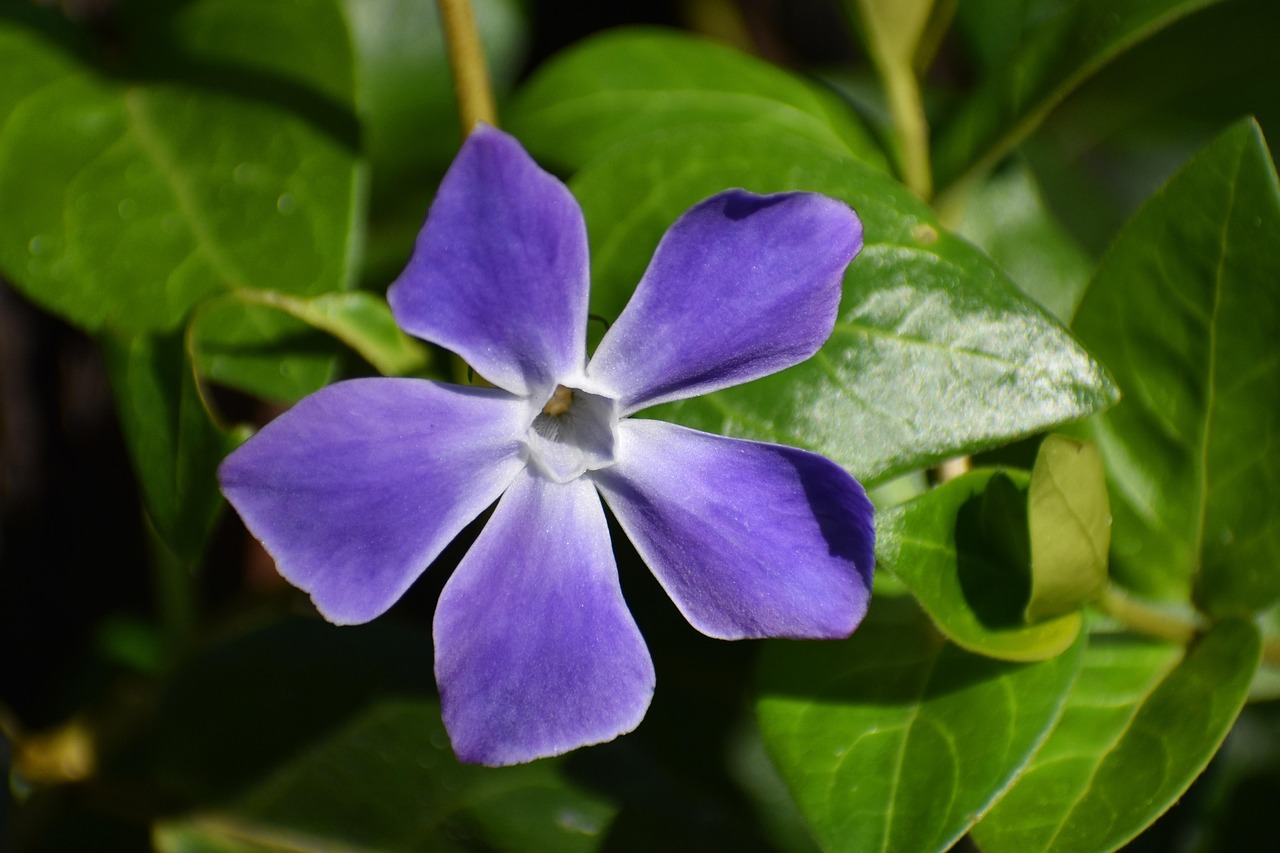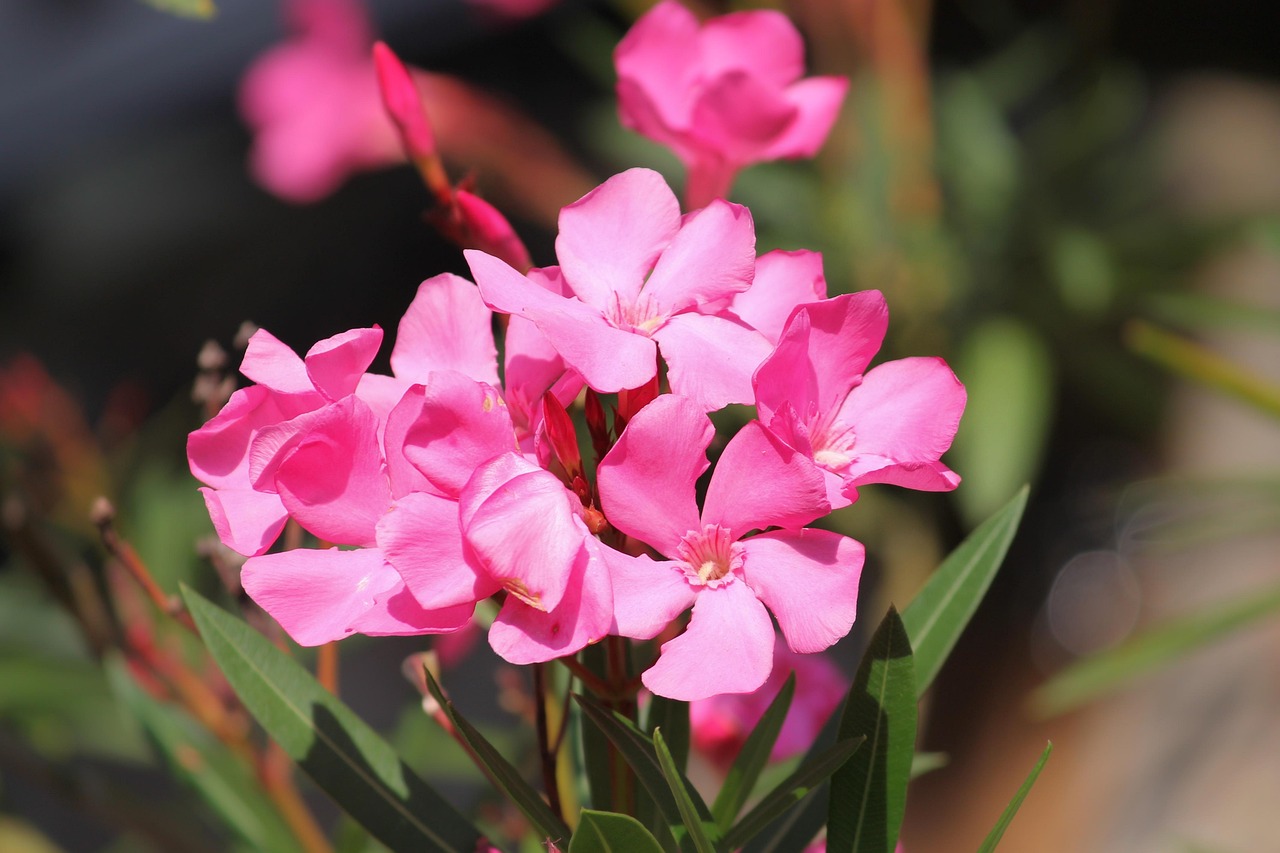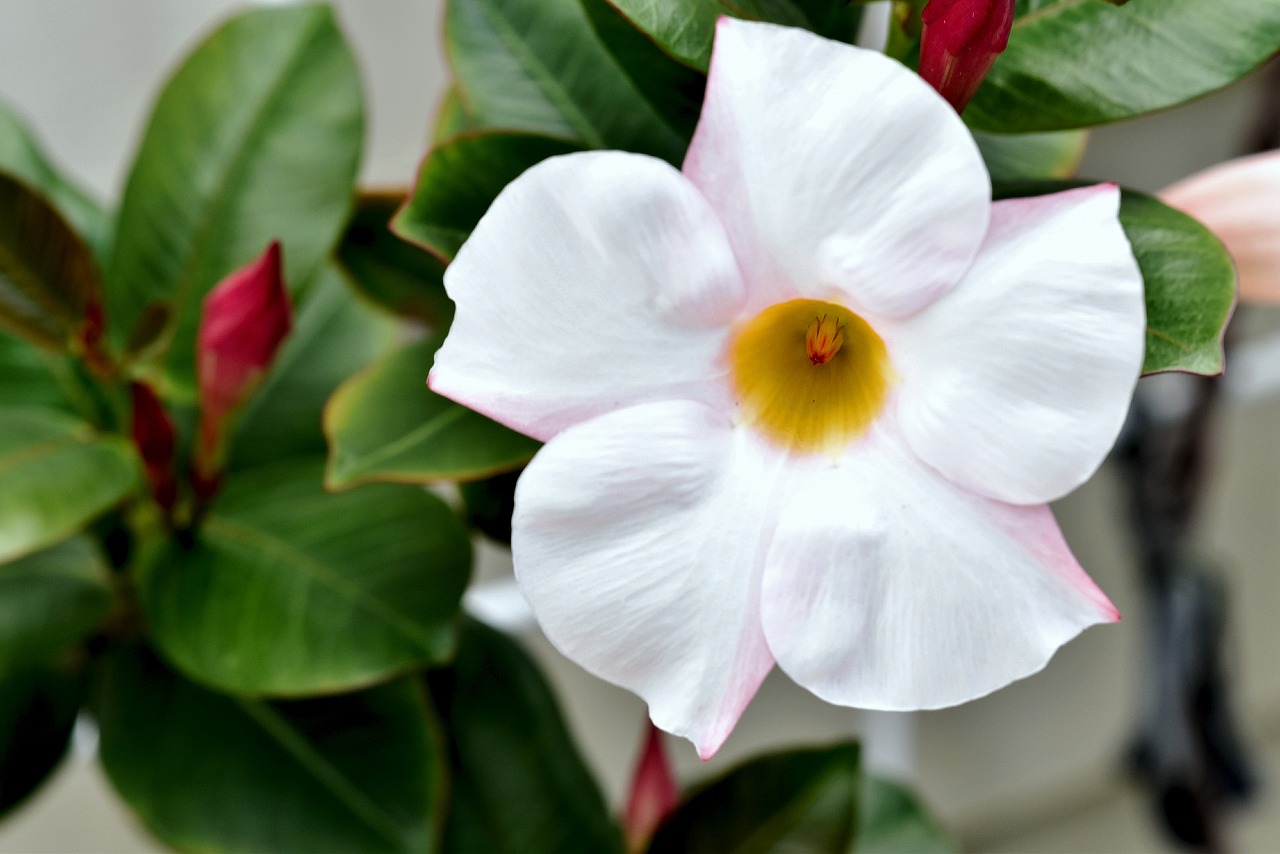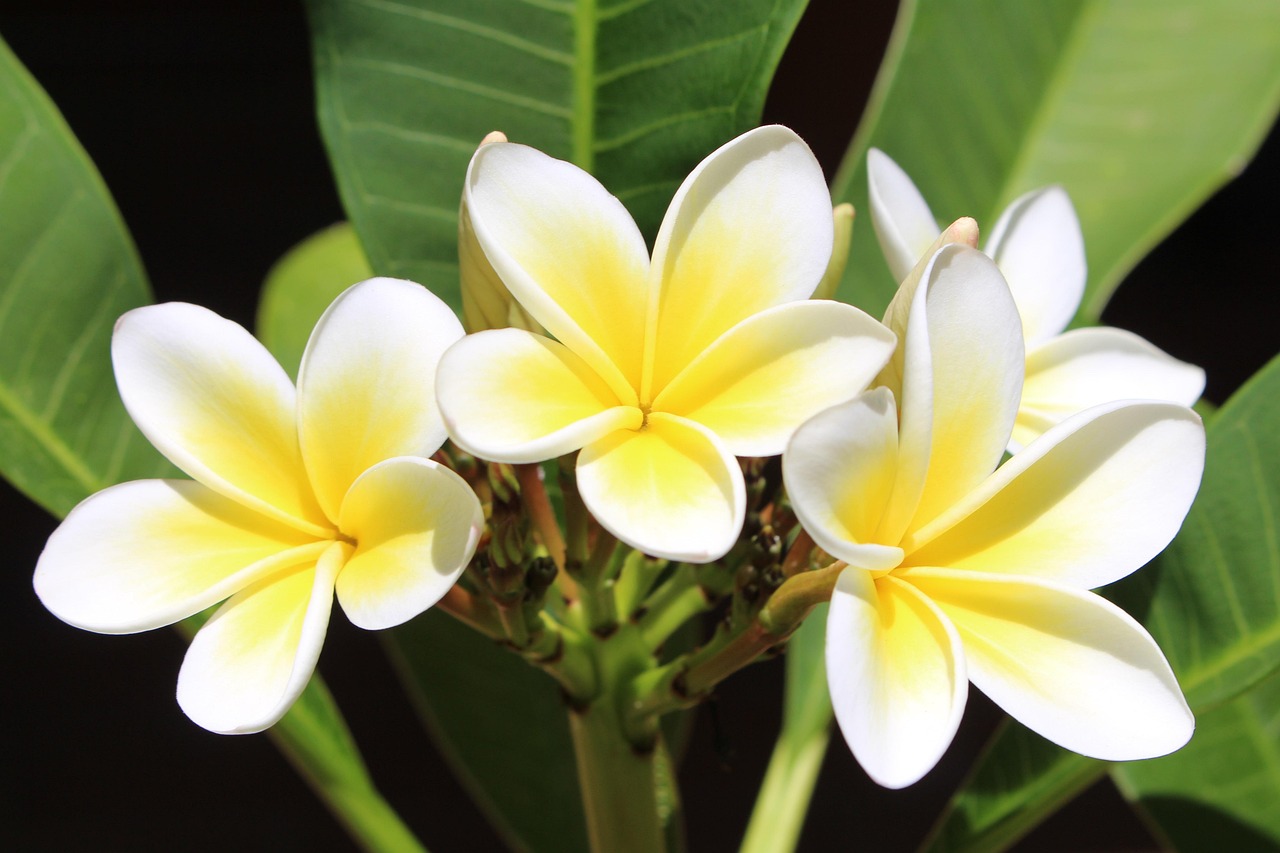Periwinkle | A Daily Bloom, A Summer Color in the City Corners
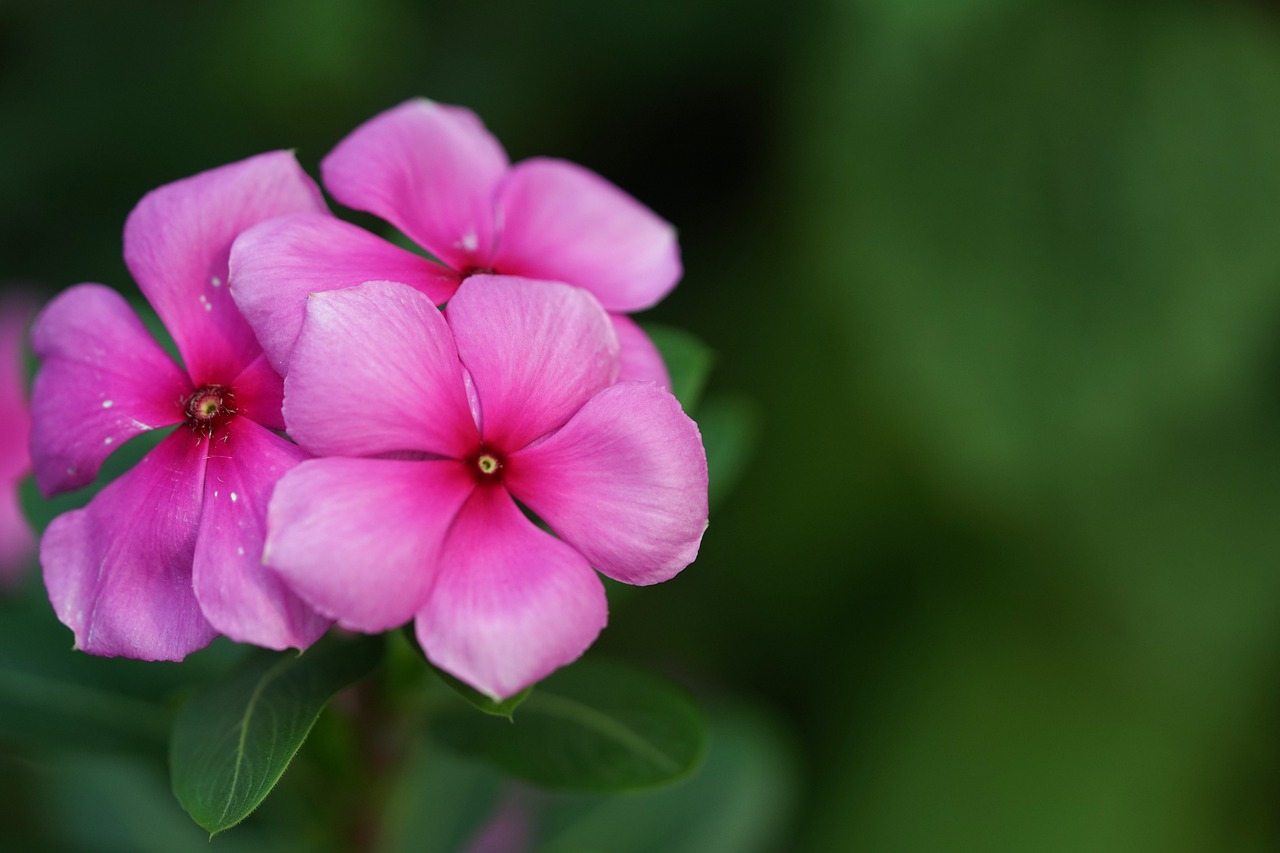
The periwinkle, known botanically as Catharanthus roseus, is a popular gardening plant that thrives in the heat and produces flowers from summer into autumn. Because it is easy to care for and suitable even for beginners, I grow it in gardens, planters, and balconies in a wide variety of settings.
In this article, I will introduce the basic information, cultural significance, and practical gardening tips for periwinkle in detail.
Basic Information
- Scientific name: Catharanthus roseus
- Family: Apocynaceae
- Origin: Madagascar
- Appearance: Periwinkle is characterized by its vibrant flower colors such as bright pink, white, and purple. The center often has a deeper shade, creating a beautiful contrast. With a compact height of 20–50 cm, it is also suitable for mixed plantings and ground cover.
- Blooming season: It continues to bloom from spring to autumn, and in warmer climates, the flowers can be enjoyed until late autumn.
Cultural Significance Worldwide
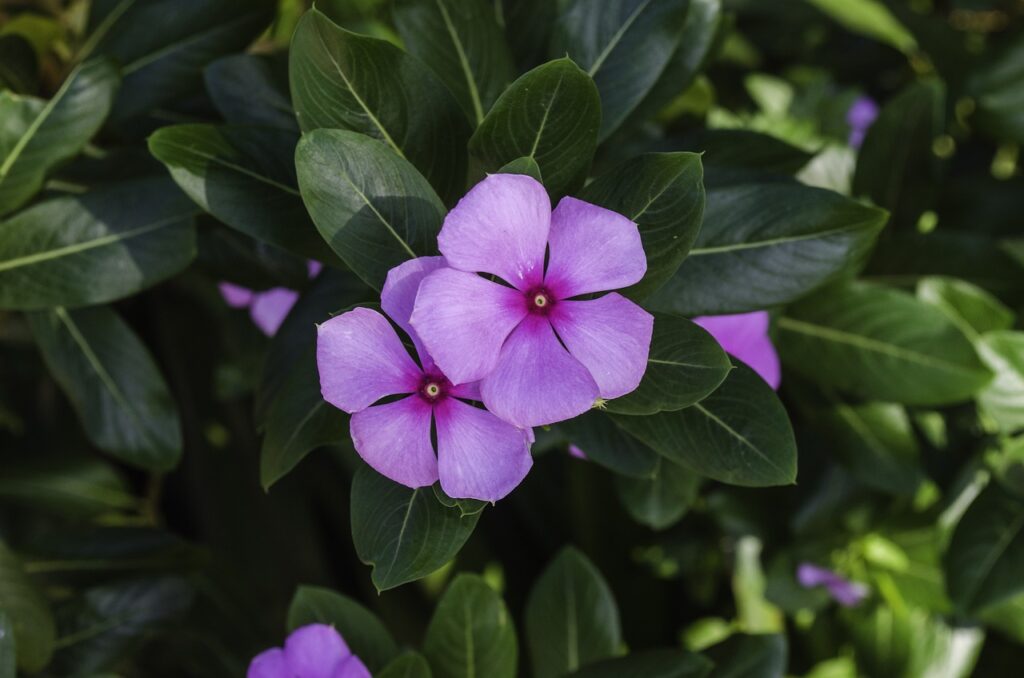
The periwinkle carries meanings such as “friendship” and “happy memories.” With its vivid colors that bring a positive impression, it is often chosen as a gift flower.
In Europe, it is widely cultivated in gardens and planters as an ornamental plant, while in the United States, it is commonly used for gardening and mixed plantings.
Because of its resistance to heat and drought, it is also planted in streetscapes and public flower beds, making it a beloved flower that colors summer landscapes.
Historical Background
Originally native to Madagascar, the periwinkle became popular when it was introduced to Europe and America due to its resilience and long blooming season.
It was brought to Europe around the 18th century and from there spread across the world as an ornamental plant.
The Japanese name nichinichisō (literally “daily flower”) comes from its ability to bloom successively, almost without pause. For this reason, in Japan it is also cherished as a flower of good fortune, symbolizing vitality and continuous blooming.
Gardening Advice
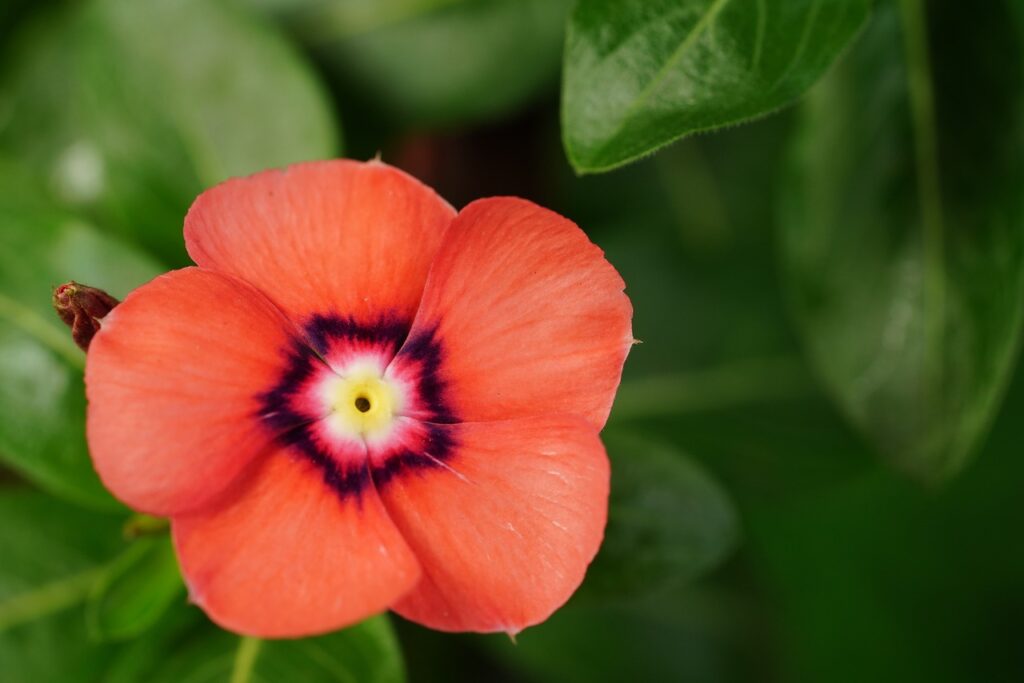
Periwinkle grows well in sunny locations and is highly tolerant of heat and dryness. Water thoroughly once the surface soil has dried, but avoid excessive moisture by using well-drained soil. In the dry summer season, it is important to water regularly.
Applying fertilizer once or twice a month during the growing season (spring to autumn) promotes abundant flowering.
Since it is sensitive to cold, I either grow it indoors after late autumn or treat it as an annual plant cultivated from spring through autumn. Placing it in a well-ventilated spot also helps prevent pests and diseases.
Conclusion
The periwinkle is a vigorous, long-blooming flower that I recommend even for gardening beginners. It is resistant to heat and dryness, and it can be enjoyed in a wide range of settings, from gardens to pots.
I encourage you to grow colorful periwinkle to brighten up the summer and autumn seasons.

